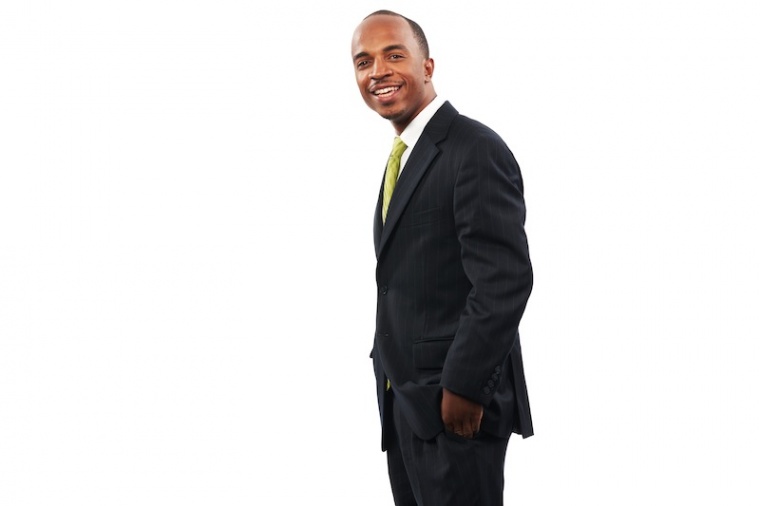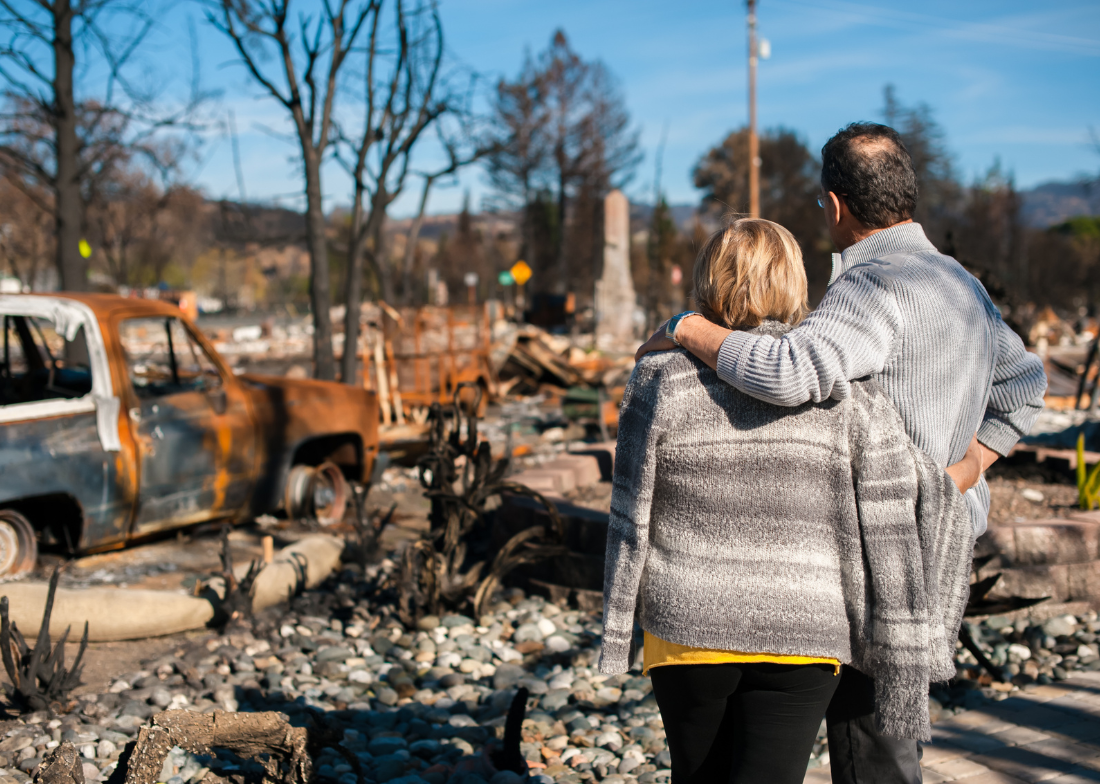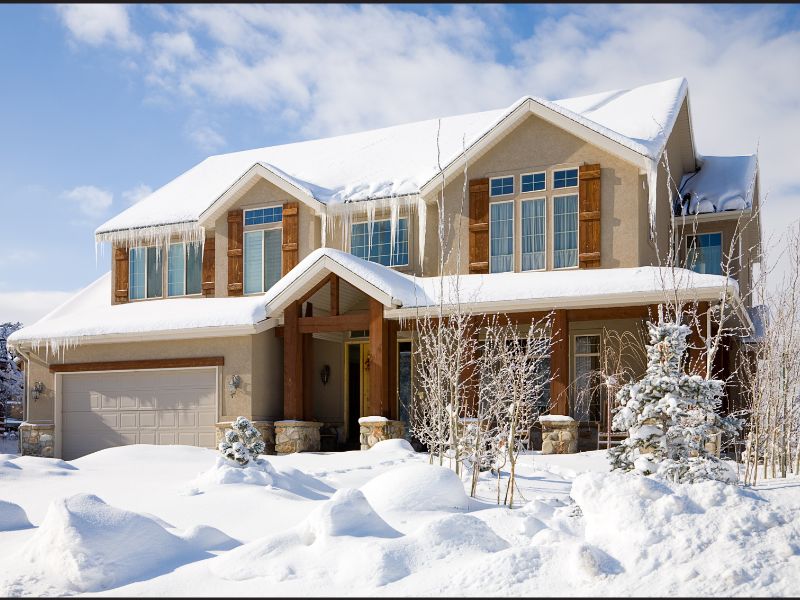Celebrating Black History, Making Black History
Markese Bryant
|February 21, 2013
ACE will be celebrating Black History Month with a series of blogs throughout out the month of February. We will look at Black History Month through the lens of the Climate Movement.
This post is part 3 and it comes from Markese Bryant, Co-Founder of Fight For Light, Inc. Read Part 1 & Part 2.
 While attending Morehouse College, I made a conscious decision to declare African American Studies as my major. As I learned more about Black history, I was amazed by the ecological values of my ancestors. In a recent article called “ Black is the new green” Hazel Wong and Brigitte Griswold highlighted the fact that “Martin Luther King, Jr. and Malcolm X spoke of the importance of taking care of the lands that take care of us. Marvin Gaye also offered his voice to this in “Mercy Mercy Me (The Ecology). Further back in history, one of America’s Black heroes, George Washington Carver, pioneered soil conservation methods still used today.”
While attending Morehouse College, I made a conscious decision to declare African American Studies as my major. As I learned more about Black history, I was amazed by the ecological values of my ancestors. In a recent article called “ Black is the new green” Hazel Wong and Brigitte Griswold highlighted the fact that “Martin Luther King, Jr. and Malcolm X spoke of the importance of taking care of the lands that take care of us. Marvin Gaye also offered his voice to this in “Mercy Mercy Me (The Ecology). Further back in history, one of America’s Black heroes, George Washington Carver, pioneered soil conservation methods still used today.”
Unfortunately, A large number of students attending Historically Black College and Universities (HBCUs) feel culturally disconnected from the mainstream environmental movement despite the fact that people of African decent have always had a close relationship to the environment. Communities of color are disproportionately impacted by environmental and social injustices while young minority leaders remain at the margins of leadership in the sustainability and social innovation field.
My business partner, John Jordan, and I were recently selected as Echoing Green Black Male Achievement Fellows, a joint project of the Open Society Foundations and Echoing Green, a global social venture fund that has provided over $30 million in start-up capital to more than 500 social entrepreneurs, including Wendy Kopp of Teach For America and Van Jones of Rebuild The Dream.
With this amazing support, we are launching a non-profit social enterprise called “Fight For Light”, which is dedicated to transforming Historically Black Colleges and Universities (HBCUs) into hubs for sustainability and social innovation. HBCUs are predominately located in low-income black communities throughout the southeast region of the U.S. Their campus populations collectively comprise of nearly 300,000 young black students hailing from both urban and rural communities throughout the US and abroad including places like the Caribbean Islands, South America, and Africa.
In the 1960’s, four HBCU students known as “The Greensboro’s Four” inspired hundreds of their peers to take bold action for a more equitable society and simulated the Civil Right Movement. Today, Fight For Light is determined to unlock the true potential of HBCU students to reenergize the Green Economy movement. We believe these historic institutions could be transform into 21st century institutions with the capacity to stimulate local green economies while diversifying the sustainability field.
Join our Youth Action Network
More Blog Posts

Unnatural, Not Unprecedented
For two weeks, residents of Southern California endured a waking nightmare. Parents raced against time – hurrying down the driveway …
Read MoreCrafting a Vision for the Future: My Experience at LCOY USA 2024
Dry and sunny Tempe, Arizona where temperatures have been over 100 F for 113 consecutive days, delegates gathered to attend …
Read More
7 Ways to Weatherproof Your Home on the Cheap (+1 Not-So-Cheap)
As colder weather sets in, understanding how to weatherproof your home is key to maintaining warmth and reducing energy costs. …
Read More